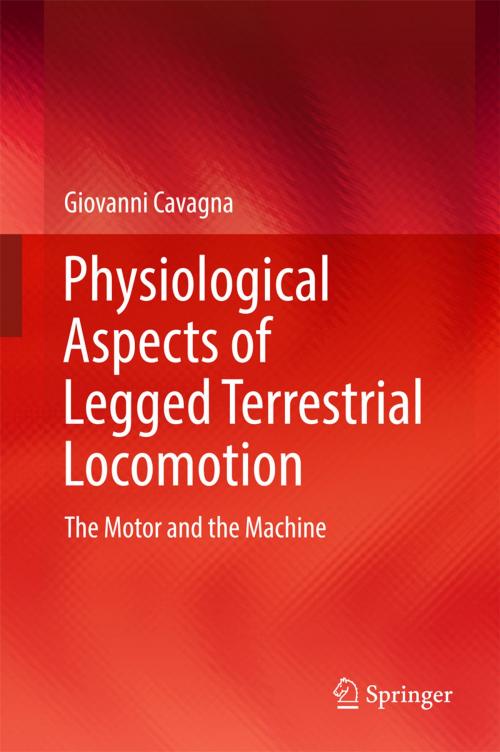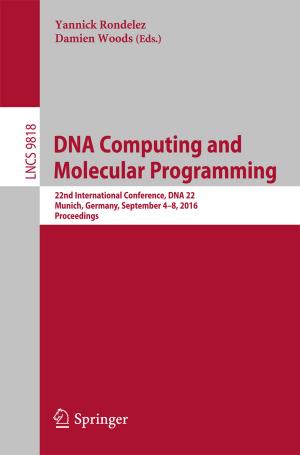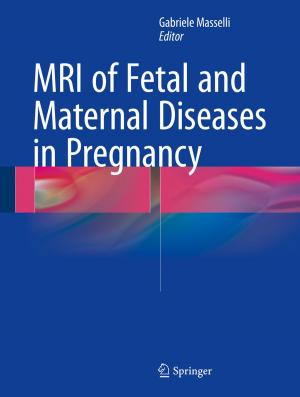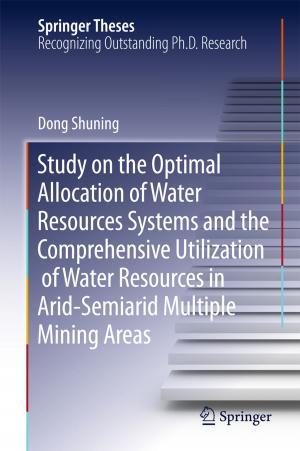Physiological Aspects of Legged Terrestrial Locomotion
The Motor and the Machine
Nonfiction, Health & Well Being, Medical, Medical Science, Physiology, Science & Nature, Technology, Engineering| Author: | Giovanni Cavagna | ISBN: | 9783319499802 |
| Publisher: | Springer International Publishing | Publication: | February 12, 2017 |
| Imprint: | Springer | Language: | English |
| Author: | Giovanni Cavagna |
| ISBN: | 9783319499802 |
| Publisher: | Springer International Publishing |
| Publication: | February 12, 2017 |
| Imprint: | Springer |
| Language: | English |
This book offers a succinct but comprehensive description of the mechanics of muscle contraction and legged terrestrial locomotion. It describes on the one hand how the fundamental properties of muscle tissue affect the mechanics of locomotion, and on the other, how the mechanics of locomotion modify the mechanism of muscle operation under different conditions.
Further, the book reports on the design and results of experiments conducted with two goals. The first was to describe the physiological function of muscle tissue (which may be considered as the “motor”) contracting at a constant length, during shortening, during lengthening, and under a condition that occurs most frequently in the back-and-forth movement of the limbs during locomotion, namely the stretch-shortening cycle of the active muscle. The second objective was to analyze the interaction between the motor and the “machine” (the skeletal lever system) during walking and running in different scenarios with respect to speed, step frequency, body mass, gravity, age, and pathological gait. The book will be of considerable interest to physiology, biology and physics students, and provides researchers with stimuli for further experimental and analytical work.
This book offers a succinct but comprehensive description of the mechanics of muscle contraction and legged terrestrial locomotion. It describes on the one hand how the fundamental properties of muscle tissue affect the mechanics of locomotion, and on the other, how the mechanics of locomotion modify the mechanism of muscle operation under different conditions.
Further, the book reports on the design and results of experiments conducted with two goals. The first was to describe the physiological function of muscle tissue (which may be considered as the “motor”) contracting at a constant length, during shortening, during lengthening, and under a condition that occurs most frequently in the back-and-forth movement of the limbs during locomotion, namely the stretch-shortening cycle of the active muscle. The second objective was to analyze the interaction between the motor and the “machine” (the skeletal lever system) during walking and running in different scenarios with respect to speed, step frequency, body mass, gravity, age, and pathological gait. The book will be of considerable interest to physiology, biology and physics students, and provides researchers with stimuli for further experimental and analytical work.















